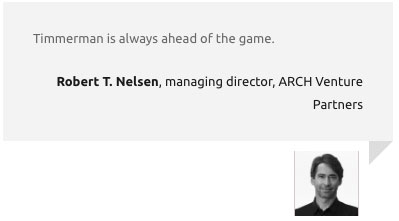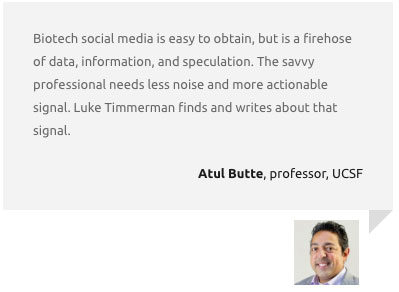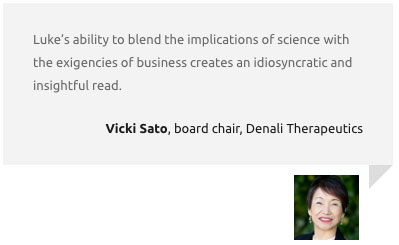Leaving A Mark On Patients

George Eastwood, executive director, Emily Whitehead Foundation
Leading a nonprofit that helps kids and families with terrible diseases requires a certain ability to roll with the punches.
That feeling hit last week when I heard about Peter Marks’ forced resignation as Director of the FDA’s Center for Biologics Evaluation and Research (CBER). Here was a scientific champion of innovative cell and gene therapies at the FDA. He was respected by many in the rare disease community as someone seeking to do what’s best for patients with little or no treatment options. Seeing him unceremoniously pushed out felt like a punch in the gut.
I called Sharon King, a rare disease advocate, valued Emily Whitehead Foundation board member and friend. Her daughter was diagnosed in 2006 with CLN1 Batten Disease, a rare, inherited, and always fatal neurodegenerative disease.
“Ever since my daughter’s diagnosis, I’ve always needed to look for the silver lining,” Sharon told me through tears. “But with Peter leaving, that’s incredibly difficult. He has been a consistent champion for the rare disease community, willing to embrace new ideas to help us find a way forward. His leaving is no small loss for our community.”
That sentiment is widely shared in the rare disease community. In the years of collaborating with Peter and watching him work, I’ve observed three qualities that made his leadership transformative.
First was his unique ability to connect an entire ecosystem.

Peter Marks, former director, Center for Biologics Evaluation and Research, FDA
At numerous meetings, Peter directly engaged with pharma executives, technology innovators and clinicians, always exhibiting the same level of thoughtful attention. He wasn’t concerned with people’s status. He was more concerned with how the person he was speaking with could contribute toward solving the problem.
Last fall, I saw that when he flew to Philadelphia on a Friday night to deliver a compassionate speech at the Emily Whitehead Foundation’s Believe Ball. It was a celebration of 25 patient Warriors and their families. These Warriors, representing various diseases and modalities, were able to be treated because of his work evaluating the risks and benefits of cell and gene therapies. Everyone in the room felt that spirit of hope, and shared purpose that Peter helped enable.
His second key leadership trait was his transparency. When secondary malignancy concerns emerged with CAR-T therapies after several years of being available on the market, the FDA initially issued black boxed warnings across the entire class. This created fear, uncertainty and tension with clinicians and developers. Rather than doubling down on an across-the-board warning that could curb access to patients who might benefit, Peter assured all the relevant audiences – physicians, drug developers, patients, and payers – that the FDA would take a balanced position based on the best available evidence of safety and efficacy for each product.
“We are in the process right now of reevaluating the need for the current labeling on these products. You may see some actions, in some cases, removing warnings, in some cases, adding warnings, changing warnings,” Peter said at the time. This straightforward communication reassured both industry and patient communities.
Finally, his courage in making difficult decisions stood out.
His decision to overrule the FDA advisory committee and approve Sarepta Therapeutics’ Elevidys, a gene therapy for Duchenne Muscular Dystrophy, required courage. It demonstrated his willingness to stand firmly behind innovative treatments that could transform lives. It underscored his willingness to not only consider the totality of data for a new treatment, but also to listen to patient voices about the difference a new medicine can make.
Peter Marks’ legacy at the FDA includes many concrete achievements: numerous biologics license approvals, groundbreaking gene therapies for previously untreatable rare diseases, and innovative programs like START and the Rare Disease Innovation Hub. His commitment to integrating advances in science and technology into the regulatory process enhanced the availability of safe and effective medical products for countless patients.
The FDA now has a leadership gap in this important job. We urge the Administration to act swiftly in appointing a long-term successor who understands the delicate balance between rigorous evaluation and urgent patient needs. This is not just about continuity but about preserving Peter’s patient-centric approach.
When I commiserated with Sharon again after processing this sad news, we tried to find the silver lining.
Perhaps it exists in what Peter leaves behind: a regulatory framework that values patient input, transparency and innovation. Our responsibility now is to ensure his pioneering approach continues, inspiring the next generation of FDA leadership to bring life-saving therapies to those who need them most.



